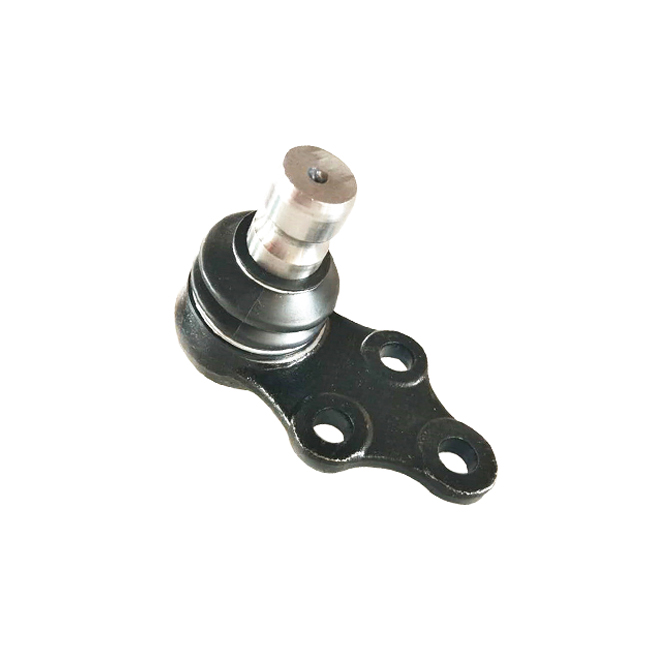There are some potential downsides to using ball joints:
Higher cost
Ball joints tend to cost significantly more than other suspension components like tie rod ends, control arms, struts, etc. They can be 2-5 times the price or even more. This extra cost can be a downside, especially if you’re on a tight budget.
More complex
Ball joints have a more complex design with a ball and socket arrangement. This joint is more prone to wear, corrosion, and damage over time which can reduce performance and lifespan. Proper maintenance and lubrication is critical.
Less durable
While ball joints can provide more flexibility and articulation, the ball and socket design is less rigid than other joints. This means ball joints may not last as long under high load or severe driving conditions. They’re best suited for normal to moderate duty use.
Loosening over time
As ball joints age and accumulate mileage, the ball and socket surfaces can become scratched, pitted and loosened. This leads to control arm wobble, imprecise steering, and a loose feeling. Re-tightening or replacement may be needed.
Prone to damage
The ball joint design is more exposed and vulnerable to damage from impacts, corrosion, or contaminant intrusion. Even a small dent or bend in the control arm housing can bind the ball joint and prevent normal movement. Repairs can be difficult and expensive.
Less common
Ball joints were more common on older vehicles but today’s suspension designs typically use stronger and more affordable tie rod ends, struts, control arms, etc. Replacing a ball joint may require specialty parts that are harder to source.
Ball joint supplier supply ball joints also have some advantages over alternative suspension components:

Improved flexibility and articulation
The ball and socket design provides a high degree of pivot movement which benefits handling, traction, and a smooth ride over rough roads or off-road.
Precise steering control
Ball joints help translate steering inputs into tight, responsive control of the wheels which provides secure grip and directional control.
Reduced vibrations
A flexible ball joint can cushion the suspension from small bumps or impacts, resulting in a more comfortable secondary ride after hitting irregularities in the road surface.
Longer lifespan
For light duty use, high quality premium ball joints from reputable brands can provide many years of trouble-free use with proper maintenance. When installed correctly, ball joints don’t necessarily have a shorter lifespan than other joints.
